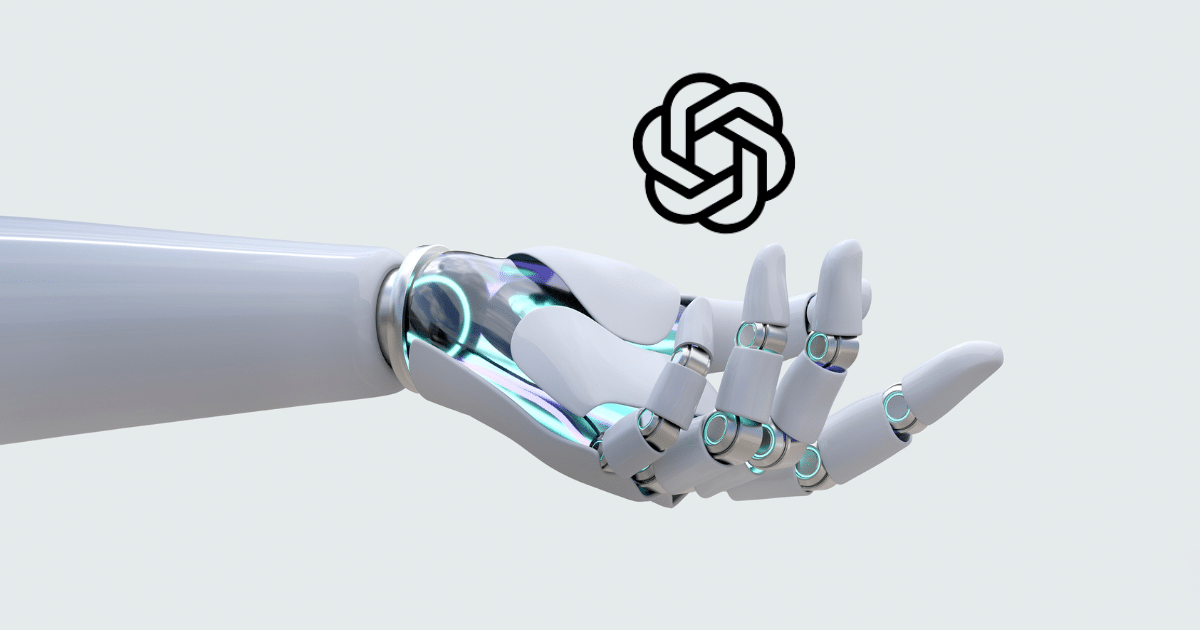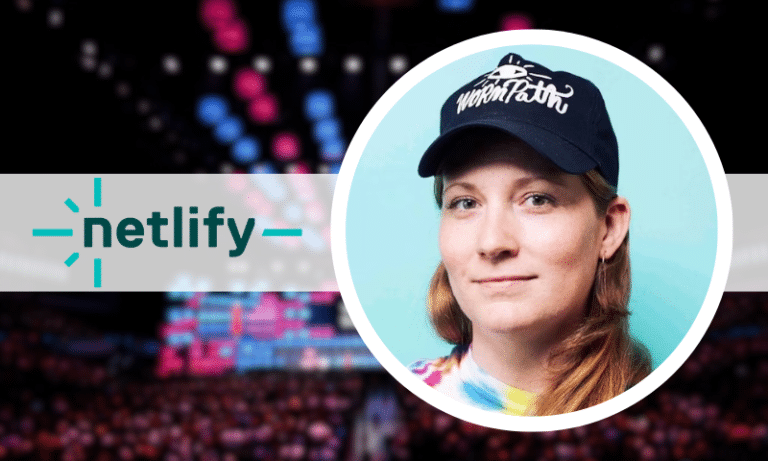OpenAI Drops GPT-OSS, But Can It Reclaim the Open LLM Crown?


A few days ago, OpenAI released GPT-OSS, a new open-weights model (its first since 2019), in an attempt to take the state-of-the-art crown for open LLMs from its Chinese competitors.
You can be excused if that sentence makes you dizzy.
Previously, in the World of LLMs…
OpenAI, the American company behind ChatGPT, was created as a non-profit research lab back in 2015. While it initially published its research and models openly (GPT-2, Whisper), after striking gold with ChatGPT, OpenAI stopped publishing its models, citing safety reasons.
The situation changed with an accidental leak of the Llama model by Meta (Facebook’s parent company). Although it was less capable than OpenAI’s closed models, it was miles ahead of GPT-2 and the smaller, less-capable open models published by various university labs. Llama unleashed a storm of open-source activity, both in infrastructure (how to run the models) and in research (fine-tuning and customizing the models).
To its credit, Meta encouraged this adoption instead of trying to stifle it and published later models under an explicit open license.
Open models continued to be an interesting side story until January of this year, when a Chinese company called DeepSeek stunned everyone by releasing DeepSeek R1, a competitive open model trained for a fraction of the cost of US AI companies. The Chinese labs Qwen and Kimi followed with similar, also open, models.
The DeepSeek moment stunned American AI companies. The quick pace of Chinese AI progress and the massive uptake, due to the models being open, led some to worry that China is about to surpass the US in AI technology, arguing that US companies should follow suit. The recently published US government AI Action Plan also aims to “encourage open-source and open-weights AI.”
This brings us to last week, when OpenAI released a long-promised open-weights model of its own, GPT-OSS. While it is not on par with the best OpenAI, Anthropic, or Google models, its release acknowledges that open models are here to stay.
Not so open-source after all
What makes a large language model (LLM) open, and why should we care?
In contrast to closed models (like GPT, Claude, and Gemini), which can only be used via an official API, anyone can run open models on their own infrastructure or on third-party infrastructure providers. The architecture of open models can be analyzed, and researchers from other AI labs can learn from their design choices.
To draw a parallel with open-source software, an open-source model would publish the training and inference source code (the “engine”), the model weights (the result of training, akin to compiled code for desktop or mobile apps), and the training data (the source data the model was trained on) under an open and permissible license, like MIT or Apache.
The source code is the least controversial part: there are many high-quality open-source LLM tools that support a wide variety of models, like llama.cpp, VLLM, Hugging Face, and LM Studio. Support for new open models is usually added within days of their publication.
The situation for model weights is a bit trickier. Many labs publish these under licenses that limit usage for potential competitors, restrict certain uses, or even ban usage in certain parts of the world. Meta has notoriously claimed its Llama models are “open-source” while using such a restrictive license. DeepSeek and Qwen also add restrictions to their model weights licenses, while OpenAI used the open-source Apache 2.0 license for the GPT-OSS model weights.
Allowing the use of model weights and source code under a permissive license is sufficient for most users, but it doesn’t go far enough: you can’t retrain the model from scratch if you don’t also have the training data. The problem here is that the training data for all top models almost certainly contains copyrighted material that may have been illegally obtained and used.
There are a number of ongoing court cases in the US to test this, such as those against Anthropic and Meta, which were partially won by the AI labs. However, the matter is far from settled, and it’s much safer for any company to not disclose the full dataset used in training, even for open models.
This leads us to the distinction between “open-weights” (you can use and customize the LLM) and “open-source” (you have access to all the source data and can retrain from scratch) models.
Since very few organizations have the massive computing infrastructure required to train a big model from scratch, the main sticking point about having all the source data is being able to inspect how the model was trained and how that impacted its performance.
In practice, for most users, the additional restrictions attached to model weights (like Meta’s “you can’t use Llama 4 in the EU”) are much more problematic.
Open LLMs are now powerful, accessible, and adaptable tools
Open LLMs have historically been less capable than the best models from OpenAI, Anthropic, and Google, and they also have big hardware requirements. Why would these models be anything more than a geek’s curiosity?
Start with capability. Since the DeepSeek moment, open models have come very close to the best ones. There’s still a gap, but it’s a much smaller one, and for many tasks – especially ones that don’t require state-of-the-art tech – open models can perform adequately.
The hardware capabilities of modern computers are also constantly improving. Macs, with their unified memory (where the GPU has access to all the computer’s RAM), are ideally suited to running models that require dozens or hundreds of GB of memory. With ongoing improvements in LLM architecture, training, and hardware, you can now run an LLM on your phone (Qwen3 4B) that’s more powerful than the original ChatGPT!
Moreover, there is a healthy industry of third-party inference providers, such as Groq and Cerebras (which have their own custom chips), OpenRouter, TogetherAI, Replicate, and so on.
Running an LLM locally also avoids dependence on another company that could easily revoke your usage for commercial or geopolitical reasons and avoids transferring potentially sensitive data to third parties. A recent court ruling that forced OpenAI to keep all ChatGPT chat data was a stark reminder that these are not theoretical risks.
Finally, open models can be adapted (by fine-tuning or otherwise) for a specific purpose that wasn’t considered by the original authors. This is much cheaper than training a model from scratch and allows for powerful customization for a specific need.
Are open LLMs just hype?
Is the future of LLMs open? Their recent gains in capability and popularity might be just temporary. OpenAI’s GPT-OSS is less capable than other, private OpenAI models. Meta plans to be “more rigorous with what they open-source,” citing the same safety reasons OpenAI uses. The Chinese labs may decide to stop publishing theirs.
On the other hand, with so many different companies involved in cutting-edge AI research and many opening at least some of their models, there is plenty of fertile ground for further innovation and already a lot of open models to choose from. Competition is good!



